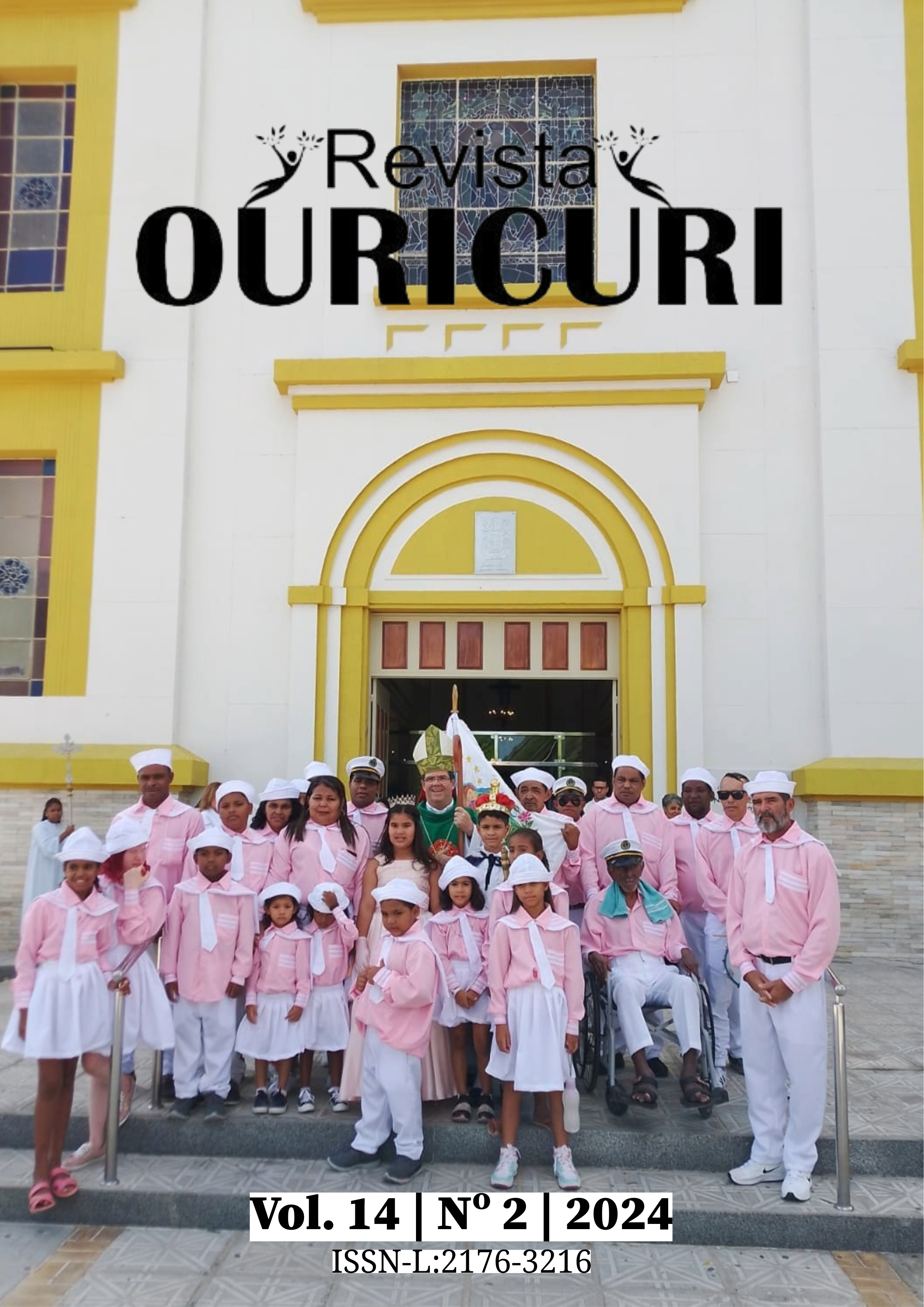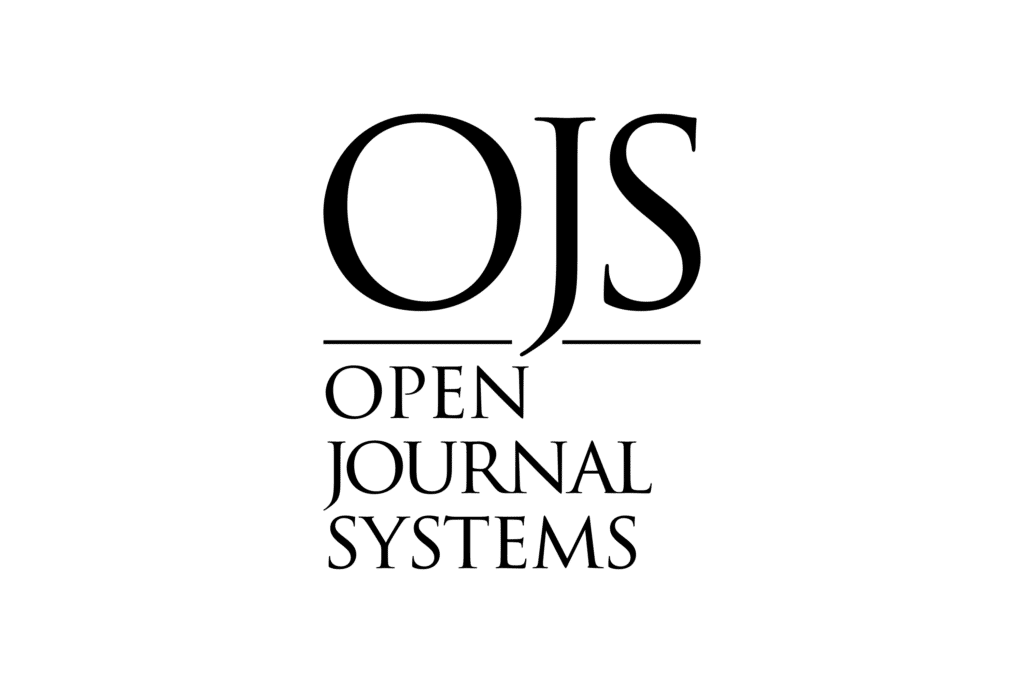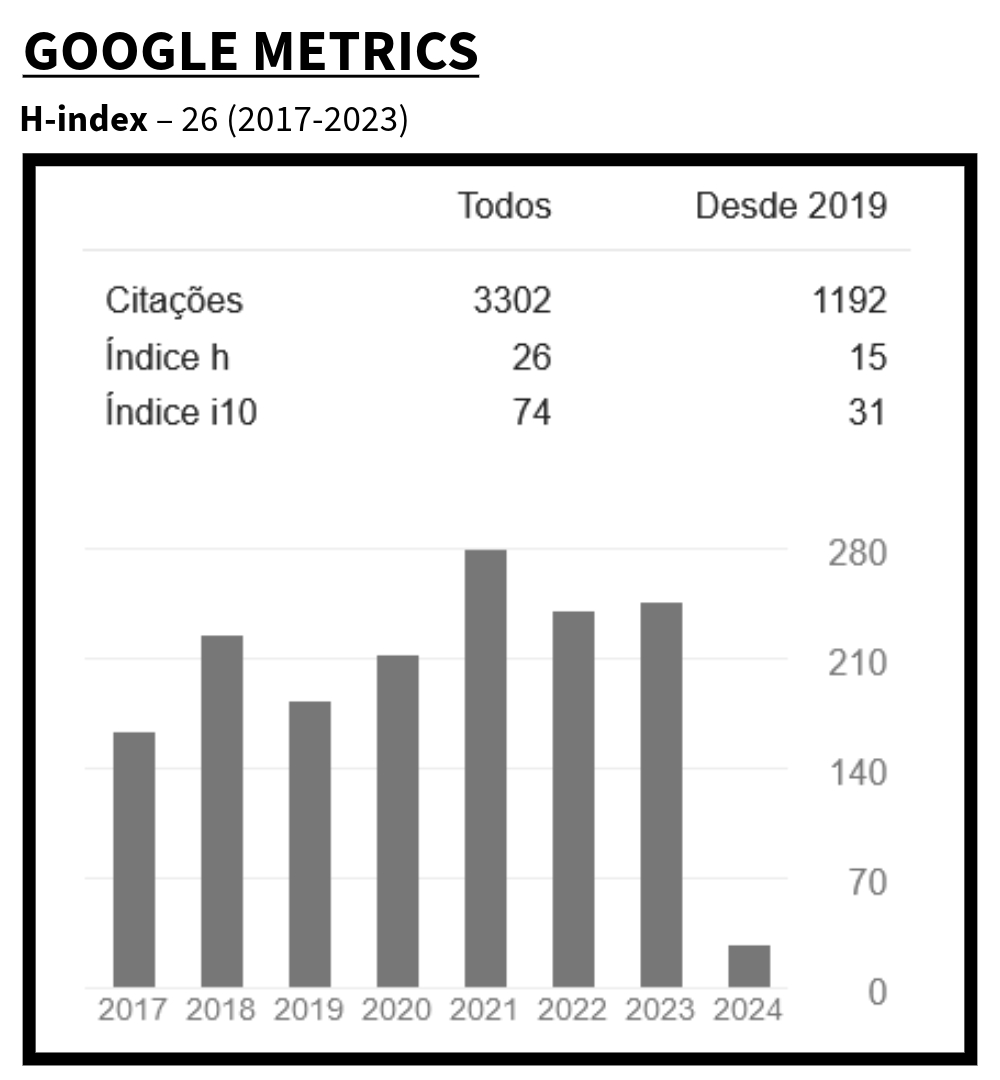Larvicidal activity of aqueous extract and hydrolate of Melosa leaves against Aedes aegypti
DOI:
https://doi.org/10.59360/ouricuri.vol14.i2.a18890Keywords:
Arboviruses, Caatinga, Phytolarvicida, Ruellia asperulaAbstract
The insect Aedes aegypti is the vector of the virus that causes arboviruses such as Dengue, Urban Yellow Fever, Zika and Chikungunya. Currently, the fight and control of this mosquito occurs through larvicides and synthetic larvicide, elimination of breeding sites and awareness campaigns. Therefore, it is necessary to study low-cost alternative methods that do not harm the environment, such as botanical insecticides. In this scenario, the Caatinga has many important species for prospecting insecticidal and larvicidal molecules.The present work aimed to evaluate in vitro the larvicidal effect of the aqueous extract and hydrolate of Ruellia asperula against the larvae of the A. aegypti mosquito. The experimental tests were carried out in the Chemistry Laboratory of the Petrolina Zona Rural Campus. Two bioassays were carried out to obtain the results: one to evaluate the effect of the aqueous extract (dry leaves) and another to evaluate the effect of the hydrolate (fresh leaves) on the larval stage (L2/L3) of A. aegypti, with a completely randomized design, seven treatments (0.1, 2, 3, 4, 5 and 6% of the extract) in triplicate; and five treatments (0, 12.5, 25, 50 and 100% of the hydrolate) in triplicate. The larval mortality rate was analyzed in 24h, 48h and 72h. Each sampling unit consisted of a glass beaker (50 mL) with ten larvae, totaling thirty larvae per treatment. The bioassays revealed larvicidal potential, the aqueous honey extract after 24 hours of exposure caused mortality of 96, 67% (T4) and 100% (T6 and T7) of the larvae. Melosa hydrolate with a concentration of 100% hydrolate led to 100% mortality of larvae within 24 hours. The findings of this study revealed that the aqueous extract and hydrolate of R. asperula are promising natural larvicides and can help control A, aegypti. However, more research involving analysis of the chemical composition, toxicity and cytotoxicity, and economic viability of these products are necessary.
Downloads
References
Andrade, F.S.C; Sá, W.A.C.; Lúcio Neto, M.P. Avaliação da citotoxicidade do chá da Ruellia asperula (melosa) em células eucarióticas pelo metódo Allium cepa. ANAIS Congresso Brasileiro de Ciência e Sociedade. 4 a 7 de outubro de 2021.Centro Universitário Santo Agostinho - Teresina – PI. Disponível em: http//:www.unifsa.com.br/cbcs2021.Acesso em: setembro de 2023.
Borrero-Landazabal, M. A.; Duque, J. E.; Mendez-Sanchez, S. C. Model to design insecticides against Aedes aegypti using in silico and in vivo analysis of different pharmacological targets. Toxicology e Pharmacology, v.229, p. 108664, 2020.
Carvalho, K. S.; Cruz, R. C. D.; Cunha E Silva, S. L.; Gualberto, S. A. Atividade larvicida dos extratos aquosos e do hidrolato das folhas de Croton tetradenius sobre o Aedes aegypti. Enciclopédia Biosfera, v.11 n.21. 2015.
Consoli R.; Oliveira R. Principais mosquitos de importância sanitária no Brasil. Rio de Janeiro: Fiocruz. 1994.
Edwin, E. S. et al. Eficácia antidengue do andrographolide bioativo de Andrographis paniculata (Lamiales: Acanthaceae) contra o vetor primário da dengue Aedes aegypti (Diptera: Culicidae). Acta Trópica, v. 163, p. 167-178, 2016.
Garcez, W. S.; Garcez, F. R.; Silva, L. M. G. E.; Sarmento, U. C. Substâncias de Origem Vegetal com Atividade Larvicida Contra Aedes aegypti. Revista Virtual Química, v. 5. n. 3. p. 363-393, 2013.
Govinsarajan, M. Avaliação de Andrographis paniculata Burm.f. (Família:Acanthaceae) contra Culex quinquefasciatus (Say.) e Aedes aegypti (Linn.) (Diptera:Culicidae). Asiático Pac J Trop Med., v.4, p. 176-181, 2011.
Magalhães, N. M. G.; Lima E S. R.; Espindola, L. S. Registro e perfil ecotoxicológico de produtos para controle de Aedes aegypti. Vigilância Sanitária em Debate, v.9, p.71-81, 2021.
Marangoni, C.; De Moura, N. F.; Garcia, F. R. M. Utilização de óleos essenciais e extratos de plantas no controle de insetos. Revista de Ciências Ambientais, v. 6, n. 2, p. 92-112, 2013.
Martins, G. M. C.; Silva, J. M.; Silva, R. B.; Silva, H. C. H.; Silva, J. V.; MourA, F. B. P. Potencial alelopático de extratos aquosos de Anadenanthera colubrina (Vell.) Brenan sobre a germinação da alface. Revista Ouricuri, v.10, n.1. p. 001-010, 2020.
Olliaro, P.; Fouque, F.; Kroeger, A.; Bowman, L.; Velayudhan, R.; Santelli, A. C.; Garcia, D.; Ramm, R. S.; Sulaiman, L. H.; Tejeda, G. S.; Morales, F. C.; Gozzer, E.; Garrido, C. B.; Quang, L. C.; Gutierrez, G.; Yadon, Z. E.; Runge-Ranzinger, S. Improved tools and strategies for the prevention and control of arboviral diseases: A research-to-policy forum. PLoS Negl Trop Dis, v.12, e0005967,2018.
Pereira, E. B. S. S.; Souza, E. M.; Costa, E. C.; Lorenzo, V. P.; Jesus, F. N. Atividade larvicida do extrato aquoso e do hidrolato das folhas de Anadenahthera colubrina (Vell.) Brenan sobre o Aedes aegyptiL. (Diptera: Culicidae). Revista Semiárido De Visu, v. 10, n. 1, p. 32-45, 2022.
SÁ, G. C. da S. et al. Arbovirus vectors insects: are botanical insecticides an alternative for its management?. Journal of Pest Science, p. 1-20, 2022.
Sá, J.; Siqueira, W.; Silva, H.; Calazans, R.; Morais, V.; Santos, M.; Lima, M.; França, E.; Melo, A. Avaliação da atividade moluscicida do extrato de Anadenanthera colubrina sobre caramujos adultos e embriões da espécie Biomphalaria glabrata.In: Encontro Anual da Biofísica -Biofísica e Radiobiologia, Biociências. Anais, UFPE. Recife, PE, 2017. p. 26-29.
Santos, R. P. Potencial inseticida de plantas encontradas na Caatinga sobre Ceratitis capitata (Diptera: Tephritidae). 2019. Trabalho de Conclusão de Curso - IFSERTÃO-PE Campus Petrolina Zona Rural, Petrolina, PE, 2019.39f.
Santos, M. T. Estudo farmacobotânico dos orgãos vegetativos de Ruellia asperula (Mart. & Nees) Lindau (Acanthaceae). 2018. Trabalho de conclusão de curso de graduação apresentado a Universidade Federal de Campina Grande como requisito obrigatório para a obtenção do título de Bacharel em Farmácia.53f.
Silva, E. B. S.; Souza, E. M. S.; Cavalcante, R. E. R.; Costa, E. M. F.S. Potencial
inseticida do óleo essencial de planta endêmica da Caatinga sobre a cochonilha
Orthezia praelonga. VII Simpósio de Plantas Medicinais do Vale do São Francisco –
PLAMEVASF 1st France-Brazil Meeting on Natural Products, 04 a 07 de setembro de
, Juazeiro-BA. Disponível em:
http://www.plamevasf.univasf.edu.br/arquivos_anais/Agr2755.pdf. Acesso: setembro de
Souza, E. M. (org.). Plantas da Caatinga: um olhar multidisciplinar. Petrolina. Editora: IFSertãoPE, 2021, 153p.
Renugadevi, G. et al. Studies on effects of Andrographis paniculata (Burm.f.) and Andrographis lineata (Family: Acanthaceae) extracts against two mosquitoes Culex quinquefasciatus (Say.) and Aedes aegypti (Linn.). Asian Pacific Journal of Tropical Medicine, v.6, p.176-179, 2013.
Tasca, G.M.; Schabat, F.M.; Ripke, M.O.; Konflanz, A.L.; Bauermann, A, C.; Busato, M.A.; Roman Júnior, W.A.; Lutinski, J.A. Extratos vegetais para controle de larvas do mosquito Aedes aegypti. Boletim do Museu Integrado de Roraima (Online), v.15, p.56-59, 2023.
Zara, A. L. S. A.; Santos, S. M.; Fernandes-Oliveira, E. S.; Carvalho, R. G.; Coelho, G. E. Estratégias de controle do Aedes aegypti: uma revisão. Epidemiologia e Serviços de Saúde, v. 25, n. 2, p. 1–2, 2016.
Published
How to Cite
Issue
Section
License
Copyright (c) 2024 Elizângela Maria de Souza, Emanuela Beatriz Souza Silva Pereira, Vitor Prates Lorenzo, Eliatânia Clementino Costa, Daniel Ferreira Amaral, Marília Victória de Souza Moreira, Enzo Loandos Oliveira

This work is licensed under a Creative Commons Attribution-NonCommercial 4.0 International License.
Authors who publish in this journal agree to the following terms:
a) Authors maintain copyright and grant the magazine the right of first publication, with the work simultaneously licensed under the Creative Commons Attribution License which allows sharing of the work with recognition of authorship and initial publication in this magazine.
b) Authors are authorized to enter into additional contracts separately, for non-exclusive distribution of the version of the work published in this journal (e.g., publishing in an institutional repository or as a book chapter), with recognition of authorship and initial publication in this journal.
c) Authors are allowed and encouraged to publish and distribute their work online (e.g. in institutional repositories or on their personal page) as this can increase the impact and citation of the published work (See The Effect of Open Access).













 B1 (2017-2020)
B1 (2017-2020)



















